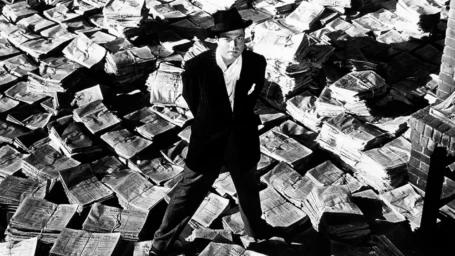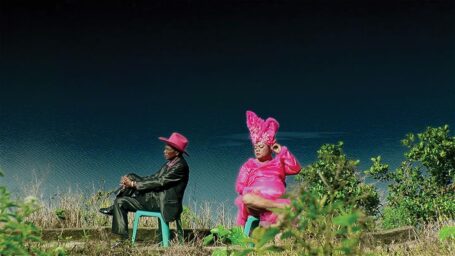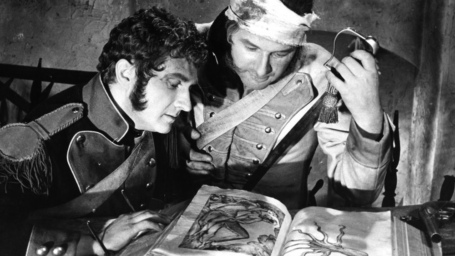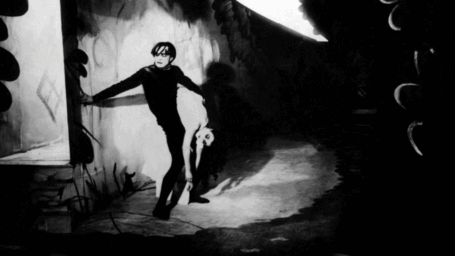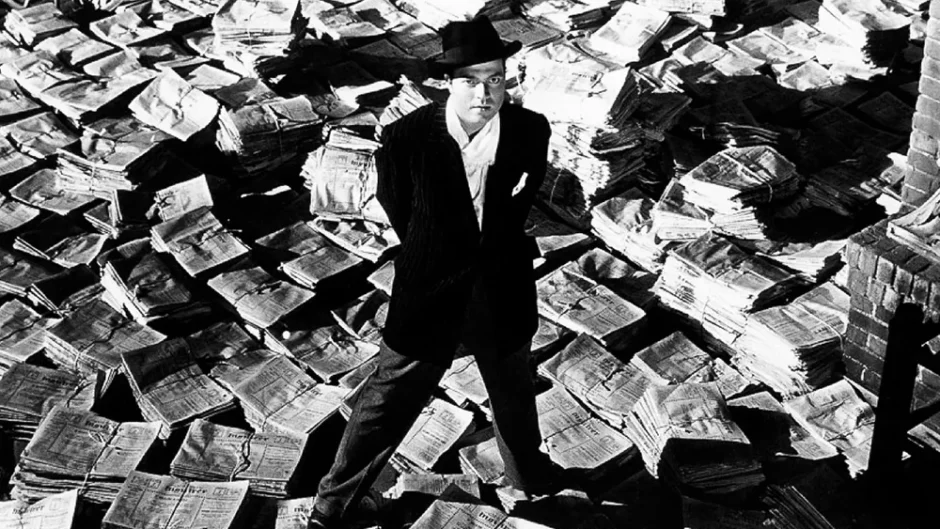
Charles Foster Kane, a megalomaniac billionaire and media mogul who, on his deathbed, utters the mysterious word “Rosebud.” A journalist sets out to uncover the meaning behind this enigmatic word, and through a series of flashbacks, the incredible life of Citizen Kane is retraced.
The film, often considered the best American movie of all time by prestigious magazines like Sight & Sound, has been the subject of countless essays and articles. University courses at institutions such as Princeton and Yale have explored its many facets, from “Architecture and Power” to “Memory, Trauma, and Identity.” Viewers often wonder why the film is so important and what makes it unique. They are simple questions, but the answer is complex. Visually, Citizen Kane is reminiscent of a Gothic cathedral. Its intricate details and diverse structures combine to create a unified yet overflowing vision. As viewers grow accustomed to the film’s external form, they can begin to notice the myriad of fine details that make up the whole. Orson Welles, the director, has filled his work with countless subtle ideas, each offering new ways to interpret the film. This complexity turns watching Citizen Kane into a game of analysis that could last for years, with its rich, layered structure providing endless material for interpretation and appreciation.
Dario Furlani

